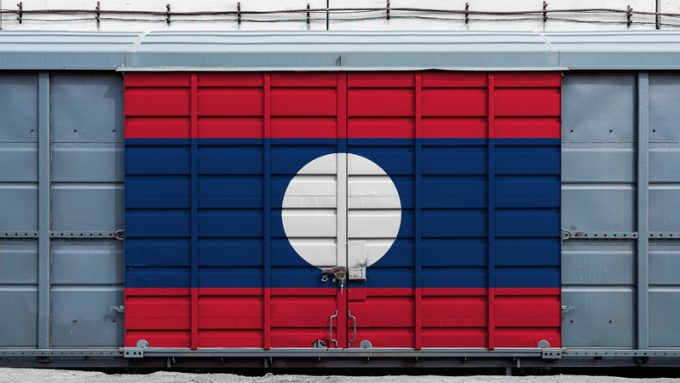DHL Capital Markets Day – Scharwath steals the show, plays down size concern
Al those known unknowns

DHL has launched a freight train on the long-awaited China-Laos high-speed railway, unlocking new multimodal transport options in South-east Asia.
The 414km Laos section of the railway was officially opened today, after five years of construction.
One of the major projects of China’s Belt and Road Initiative (BRI), Beijing fronted most of the $6bn cost of the railway which connects Laos capital Vientiane with the Chinese city of Kunming, a major manufacturing and transport hub.
DHL said its two-way rail freight service on ...
Asia-USEC shippers to lose 42% capacity in a surge of blanked sailings
USTR fees will lead to 'complete destabilisation' of container shipping alliances
New USTR port fees threaten shipping and global supply chains, says Cosco
Outlook for container shipping 'more uncertain now than at the onset of Covid'
Transpac container service closures mount
DHL Express suspends non-de minimis B2C parcels to US consumers
Zim ordered to pay Samsung $3.7m for 'wrongful' D&D charges
Flexport lawsuit an 'undifferentiated mass of gibberish', claims Freightmate

Comment on this article